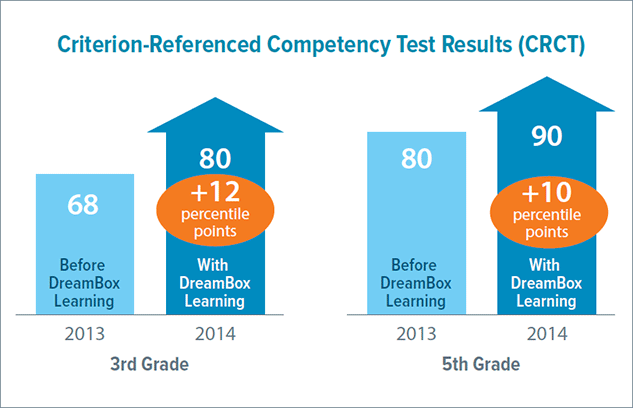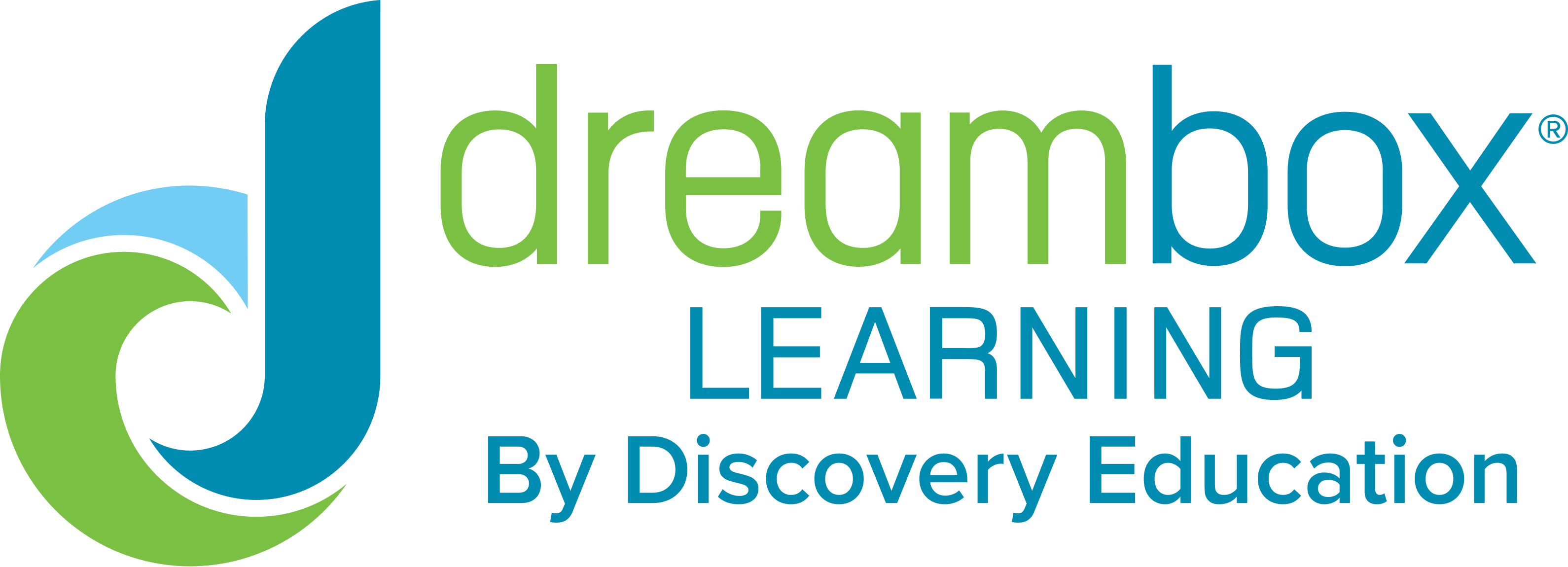Four principles for effective math intervention, plus how technology gives RtI a boost!
One authority on Response to Intervention (RtI) for math is the Institute for Education Sciences report, “Assisting Students Struggling with Mathematics: Response to Intervention (RtI) for Elementary and Middle Schools.” This groundbreaking “what works for RtI” report, published over a decade ago, outlines a series of eight generalized intervention recommendations grounded in research-based evidence. Although all of these recommendations are valuable and need to be considered, only four were judged to have strong or moderate evidence to support RtI, and they still provide the foundation for effective math intervention. Here are specific strategies that fall under these four key recommendations:
1. Instruction during the intervention should be explicit and systematic.
This recommendation from the report includes providing models of proficient problem solving, verbalization of thought processes, guided practice, corrective feedback, and frequent cumulative review.
Students who have been classified as Tier 2 or 3 in RtI need their instruction to be organized and scaffolded. They lack the numeracy skills and background knowledge to engage in theoretical exercises with math.
Nothing is more systematic than the four-step approach to problem solving, first outlined by educator George Polya in 1945:
- Understand the Problem. Restate the problem, and then identify the information given and the information that needs to be determined.
- Make a Plan. Relate the problem to similar problems solved in the past. Consider possible strategies, and then select a strategy or a combination of strategies.
- Carry Out the Plan. Execute the chosen strategy and perform the necessary calculations. Revise and apply different strategies as necessary.
- Look Back at the Solution. Evaluate the strategy/strategies used for problem solving, and then assess if there is a better way to approach the problem.
This four-step approach helps students to become confident, independent learners, and is an effective math intervention that builds foundational skills.
2. Interventions should include instruction on solving word problems that is based on common underlying structures.
A stripped-down version of the Gradual Release Model—the “I do, We do, You do” strategy—is effective in all levels of education. As RtI students require as much structure as possible, the strategy gives them an effective way to know what to expect from a lesson. In word problems, not only can “I do, We do, You do” be used to solve problems, it can also be used to have students create their own word problems, reaching synthesis, a higher level of taxonomy. Students should start with sentences that involve a specific math operation and build from there. (McCarney, S. B., Cummins Wunderlich, K., Bauer, A. The Teacher’s Resource Guide.)
3. Intervention materials should include opportunities for students to work with visual representations of mathematical ideas.
This recommendation from the RtI report goes on to say that interventionists should be proficient in the use of visual representations of mathematical ideas. Graphics are important in math instruction, especially as the curriculum becomes more data-based under the Common Core State Standards. RtI students are not excluded from having to be able to read charts, graphs, and other math graphics. Intervention Central, which provides educators with free RtI resources, has a great intervention that uses the Question-Answer Relationship (QAR) to help students break down math graphics. In short, QARs come in four types:
- Right There questions are found explicitly in the graphic.
- Think and Search questions are not quite as explicit, but still can be found in the graphic with some close analysis.
- Author and You questions ask students to compare the data with their own life experiences and opinions.
- On My Own questions require only the student’s own knowledge and experience to answer.
4. Interventions at all grade levels should devote about 10 minutes in each session to building fluent retrieval of basic arithmetic facts.
Rehearsal of math facts is a key step in the RtI process because many of the students who fall into Tier 2 or 3 status are missing key pieces of background information, usually in the form of math facts.
Taking ten minutes each day to review facts is typically done with flash cards, which can be tedious and, therefore, does not always prove to be effective. Another strategy, described by Intervention Central, uses flash-card practice that balances “known” facts with “unknown” facts. Unknown facts are modeled by a teacher or tutor and then presented with known facts—those already mastered by the student—in a sequence. Not only does this systematically build recall, it also builds confidence in the student because they are consistently getting cards correct throughout the process.
Using Technology to Boost RtI for Math
Digital curriculum, at its best, incorporates the scaffolds and formative assessment that define successful RtI for math. Personalized learning and ongoing, robust data collection provide a meaningful feedback loop for both the student and teacher that leads to deeper learning and higher achievement. Real-time feedback—while learning is happening—is critical so that students don’t practice new math skills, again and again, incorrectly.
Technological interventions to boost math achievement can be an important part of a successful math intervention. For example, S. L. Mason Elementary School in Valdosta, Georgia adopted a digital curriculum for math at the beginning of the 2013–14 school year. After just one year of implementation, scores improved by more than 10 percentage points. Now, that’s a math intervention success story!

Learn more about RtI by downloading our free white paper: Math Intervention and the Promise of Adaptive Learning.

@DreamBox_Learn










